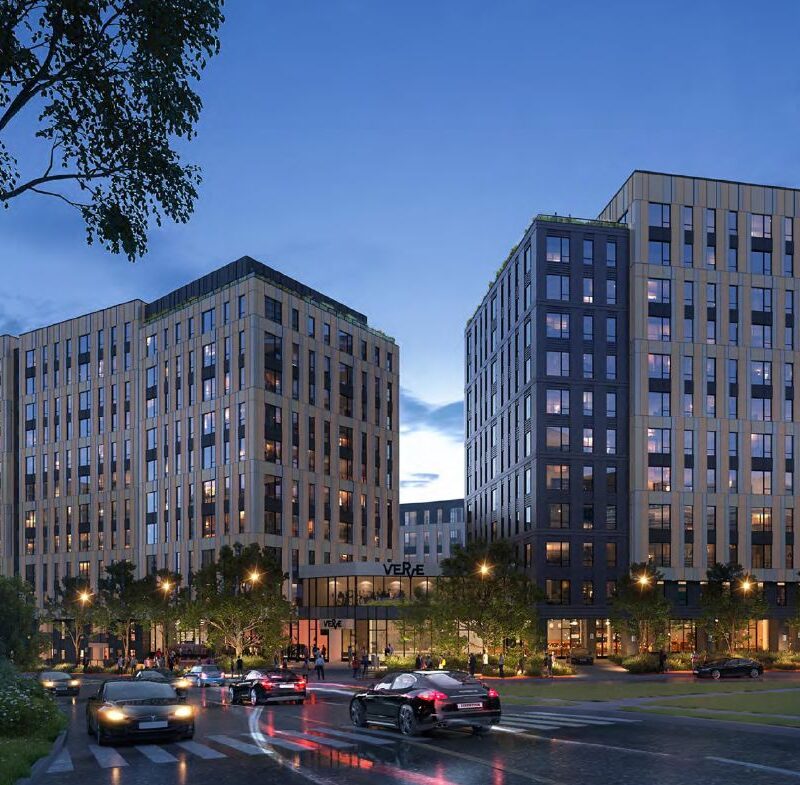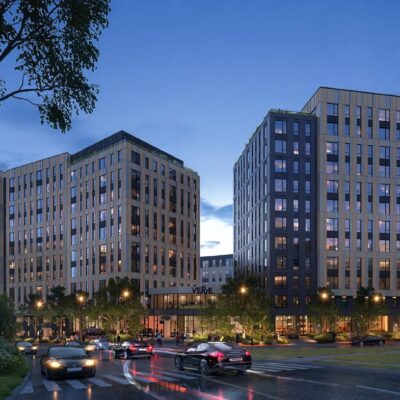During a June 22 meeting of the Rivanna Water & Sewer Authority (RWSA), Casey Burch, a project manager for HDR Engineering, shared results of the firm’s Dredging Feasibility Study. All told, Burch wagered that a one-time dredge of the South Fork Reservoir could cost between $34 million and $40.2 million—and subsequent dredging might be more expensive. He added that hydraulic dredging could remove an estimated 1.4 million cubic yards of sediment—a haul that would require roughly 100 acres to dewater.
|
HDR Engineering told the RWSA that sand dredged from the South Fork Rivanna Reservoir and dewatered might be sold locally to offset between $4.8 million and $9.5 million of dredging costs. |
Asked by Albemarle County Supervisor Ken Boyd for a time estimate, Burch answered seven years—one or two for final designs and permits, three or so for dredging, and the remainder to “reclaim” dewatering sites used to capture reusable sediment. During the process, residents located near dredging and dewatering sites might hear the sound of a diesel motor powering the hydraulic dredge, along with the sound of trucks hauling dewatered materials to storage sites, said Burch.
HDR Engineering’s cost estimate does not factor in potential gains through the sale of fill, topsoil and sand—the last a likely means to recovering a portion of dredging costs. HDR’s studies suggest that sand dredged, dewatered and sold could potentially generate between $4.8 million and $9.5 million to offset the cost of the procedure.
However, dredging is a process that would likely cost more if repeated over time, as prime dewatering locations are used up. RWSA Chair Mike Gaffney told Burch his assumption was that, given the one-time-use nature of potential dewatering spots such as portions of Panorama Farms, any follow-up dredging at South Fork would likely be more expensive. Burch responded, “That’s correct.”
Last month, Schnabel Engineering reported to the RWSA that construction of an earthen dam—another option for increasing usable water capacity at the reservoir—would cost from $28 million to $36 million. RWSA Executive Director Tom Frederick called the current construction market “highly favorable.”
“Most people believe that that’s going to continue for a few more months. Beyond that, it gets fuzzy,” said Frederick. “To some degree, delaying decisions could become more costly.” Near the end of the June 22 meeting, the RWSA agreed to fund further geotechnical studies by Schnabel to the tune of $325,000. Meanwhile, Burch will present HDR’s Dredging Feasibility Study during a public meeting on Wednesday, June 30, at CitySpace on the Downtown Mall.
C-VILLE welcomes news tips from readers. Send them to news@c-ville.com






